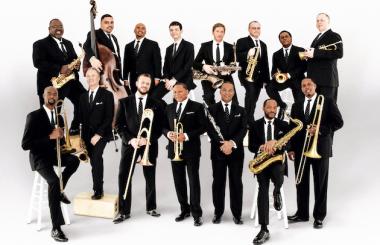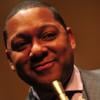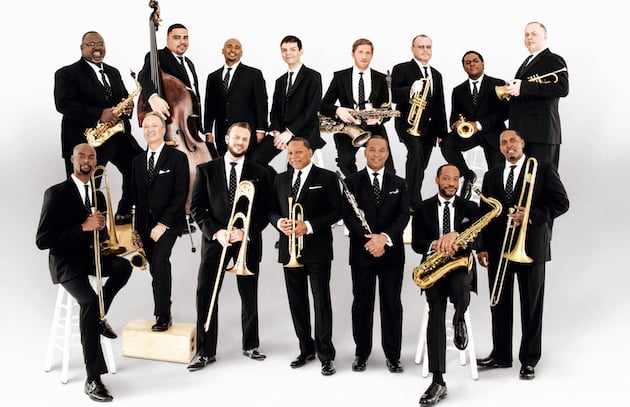
At the risk of sounding like the dreaded jazz police, the Hollywood Bowl’s “Jazz at the Bowl” series has become a misnomer, for the lineup this year mostly featured anything but jazz. But the last concert in the series Thursday night did contain jazz and plenty of it, presenting two, superb, contemporary big bands from the right and left coasts with strong links to the past — the Jazz at Lincoln Center Orchestra and the Clayton-Hamilton Jazz Orchestra. Both bands had extended concert pieces in hand.
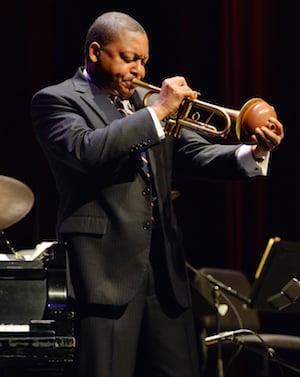
Wynton Marsalis, of course, has been bewilderingly prolific over the decades in turning out jazz oratorios, symphonies, ballets, chamber music, and such. But he has written nothing quite like Spaces, a ballet suite of short pieces for big band and three tap dancers that purports to illustrate the qualities of a collection of animals and insects. In other words, it’s Wynton’s Carnival of the Animals, although there is nary a hint of Saint-Saëns anywhere in the music.
First performed in 2016, each piece in the suite is prefaced by an often-humorous narration by Marsalis himself, seated as always high up in the trumpet section. A successor to the Ogden Nash verses that are often performed with the Saint-Saëns piece, Wynton’s routine is like an astrological profile of the habits and quirks of each animal, though without the astrology.
The music often followed the narration to a T — a galumphing Sousaphone for the elephants, chirping winds for the chickens, elegantly swinging night-on-the-town dance music for the tuxedoed penguins, and so forth (fortunately Wynton was astute enough not to compete with Saint-Saens in swans). So did the rubber-limbed dancers (Charles “Lil Buck” Riley, Jared Grimes, Myles Yachts) whose movements often mimicked those of the animals.
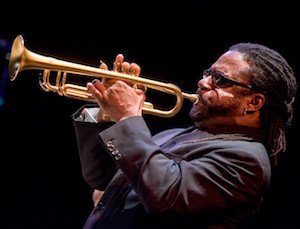
Other than the bizarre animal effects, Wynton’s arrangements pretty much reflect his polished individual extensions of Ellingtonia, always plugged into jazz history and thoroughly at home in it. Crack soloists in the Jazz at Lincoln Center Orchestra like trumpeters Ryan Kisor and Marcus Printup and alto saxophonist Ted Nash get some room to blow over the charts, and Wynton gave himself a rapidly buzzing muted trumpet solo in “Bees, Bees, Bees.”
Interestingly, Wynton promised 10 animal portraits but only delivered nine at the Bowl (the swallows were missing), plus a brilliant improvised trumpet solo number with just a piano trio as an encore. When Spaces surfaced again at the Monterey Jazz Festival on Friday night, the performances were pretty much the same but the number of animals had been cut to eight, with the elephants omitted and no encore.
For the Clayton-Hamilton Jazz Orchestra, the concert was a real homecoming because they were once the resident band in the huge concrete amphitheater — hence co-leader/bassist John Clayton’s accurate declaration that the audience was “family.” Indeed, hearing the band dive into the first blasts of “Sybil’s Day” was as refreshing as jumping into a warm swimming pool.
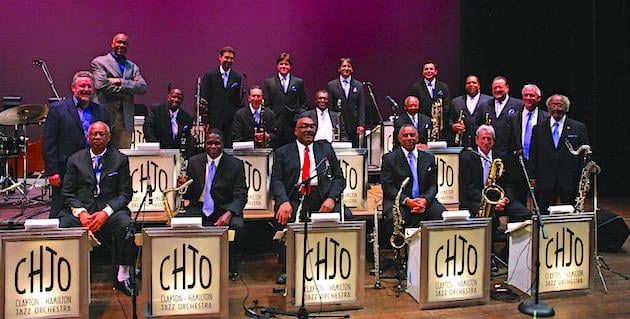
Clayton’s Stories of a Groove has gained about four minutes since its premiere at the 2017 Monterey Jazz Festival, but my impressions of the piece remain the same; it’s a major work and a leap forward for the always-personable leader. At times, the 43-minute piece amounts to a triple concerto — or maybe a concerto grosso — for piano trio and big band, with the trio headed by Clayton’s son Gerald, who has grown into a profoundly searching pianist.
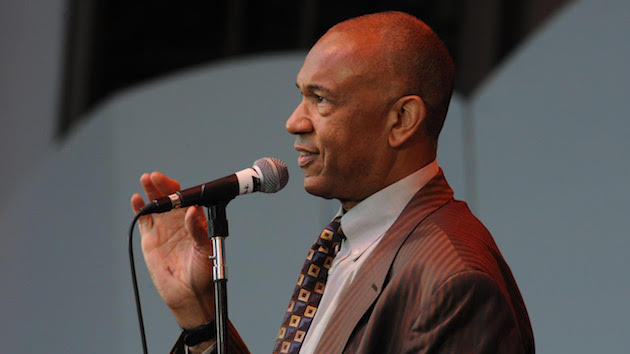
In his spoken introduction, John Clayton said that some of the movements address “the current situation in society,” with titles like “The Walls Are Tumbling” needing no further comment to rev up the politically predisposed audience. But the most affecting elements of Stories of a Groove were the touching instrumental dialogues between father on bass and son on piano, and the drum exchanges between Jeff Hamilton and Justin Brown that were really witty conversations, now grown more dynamic since the Monterey performance. Another difference between this year’s performance and last year’s was the absence of co-leader Jeff Clayton, now battling an illness, and his solo in the renamed “Prayer to Heal” was taken by alto saxophonist Keith Fiddmont in a more boppish manner.

